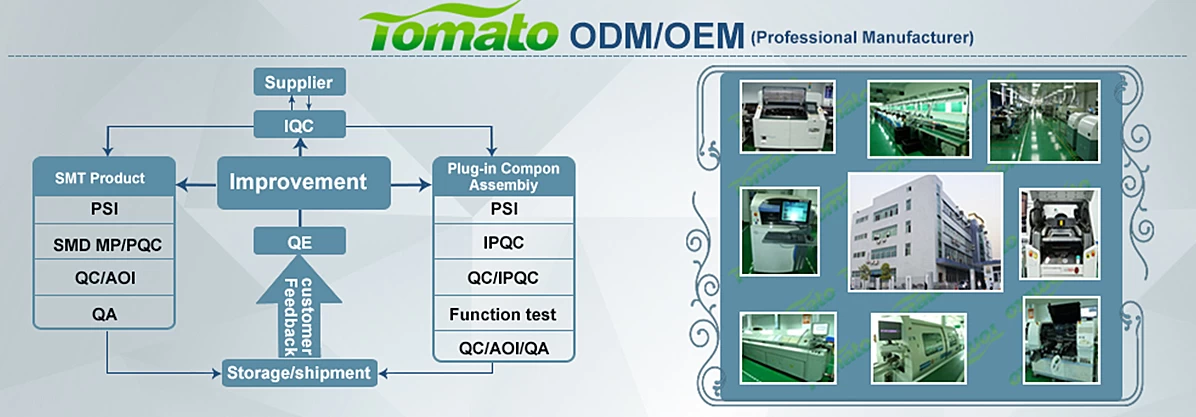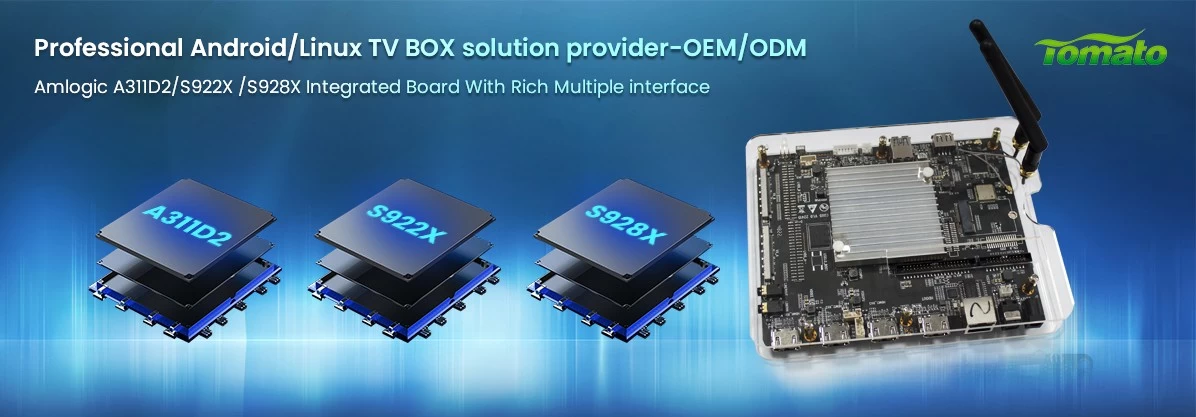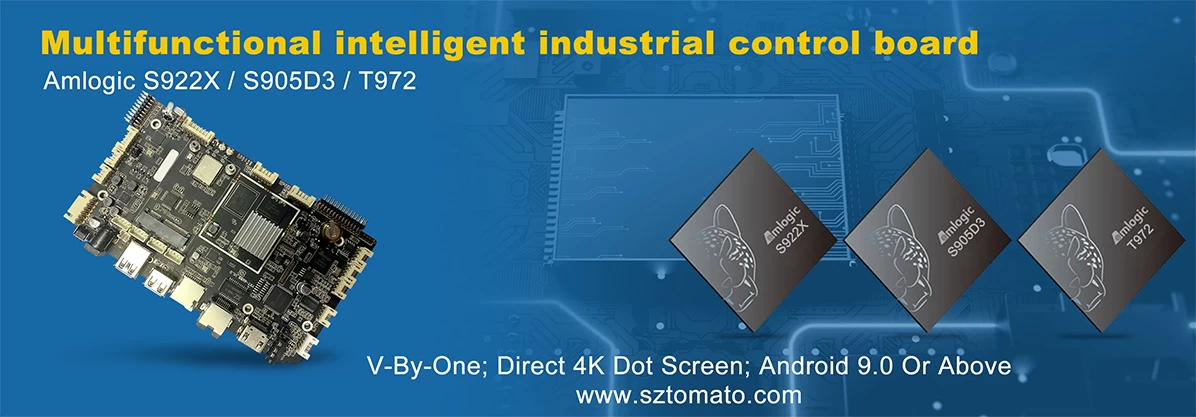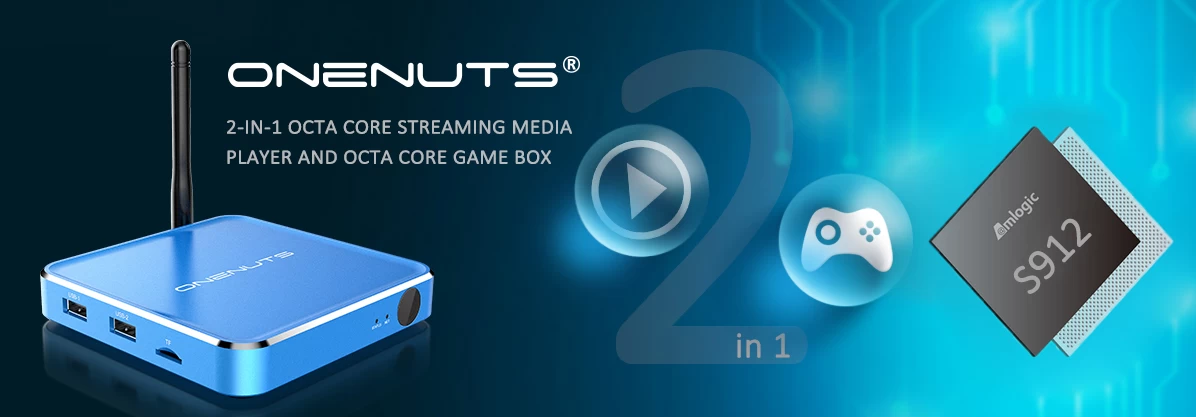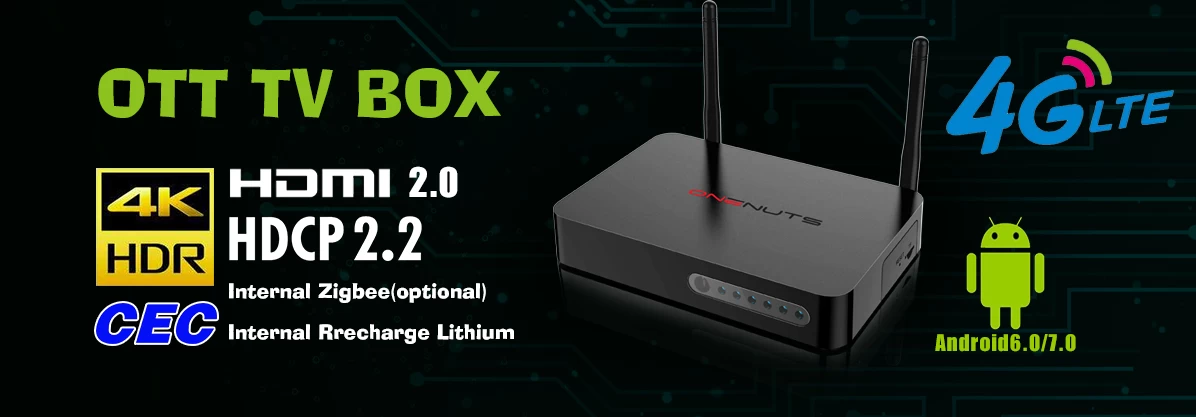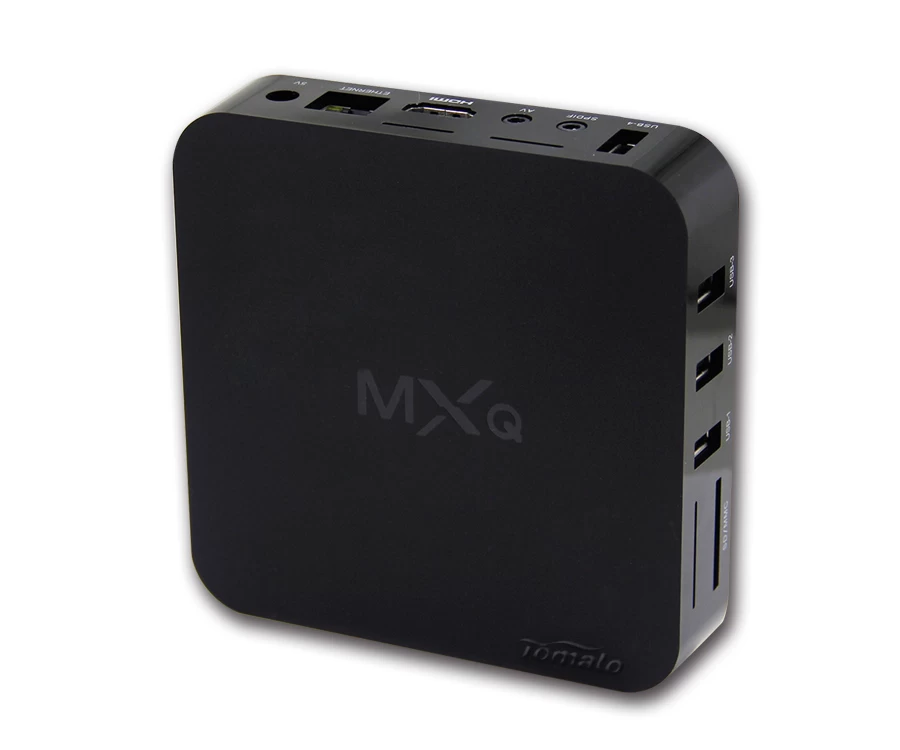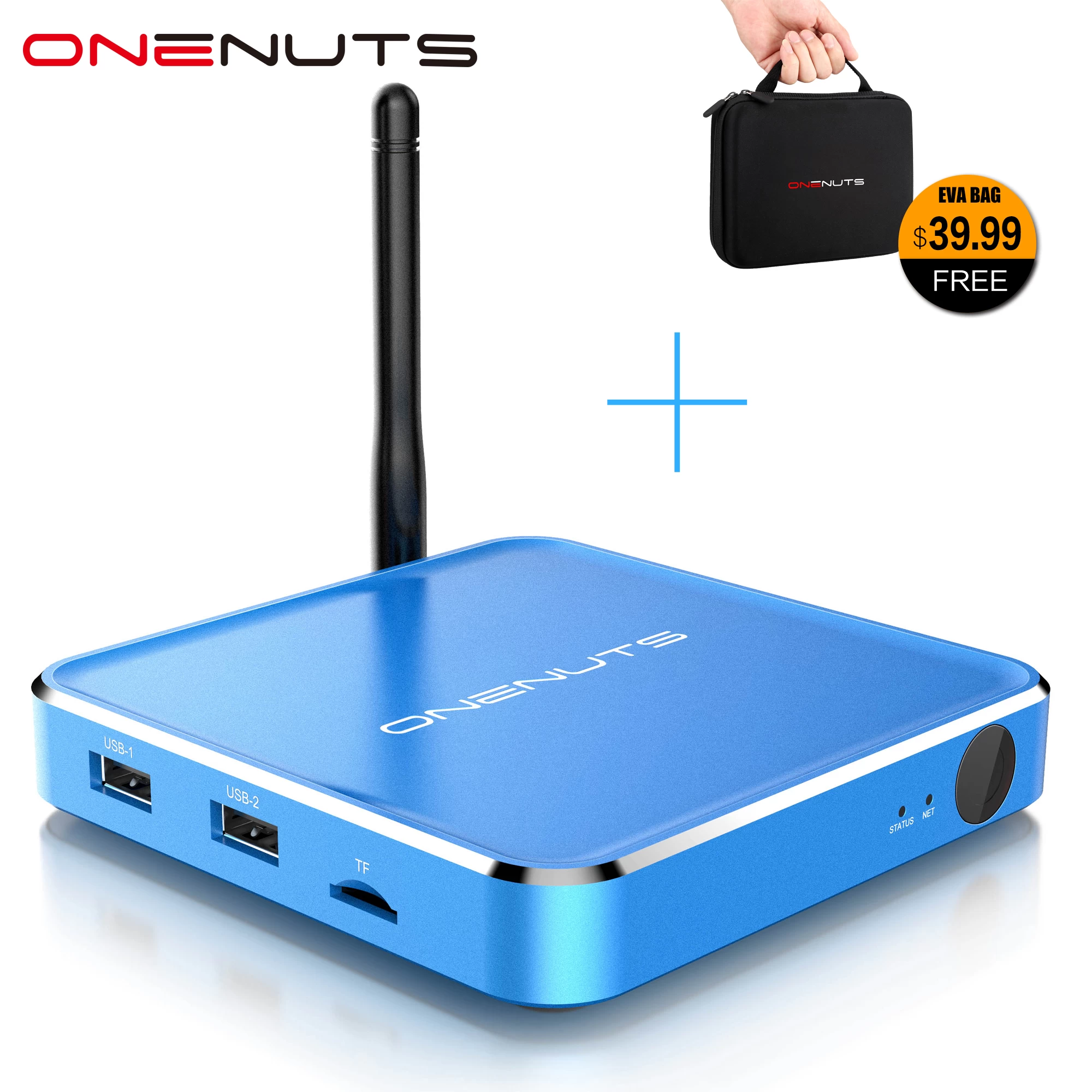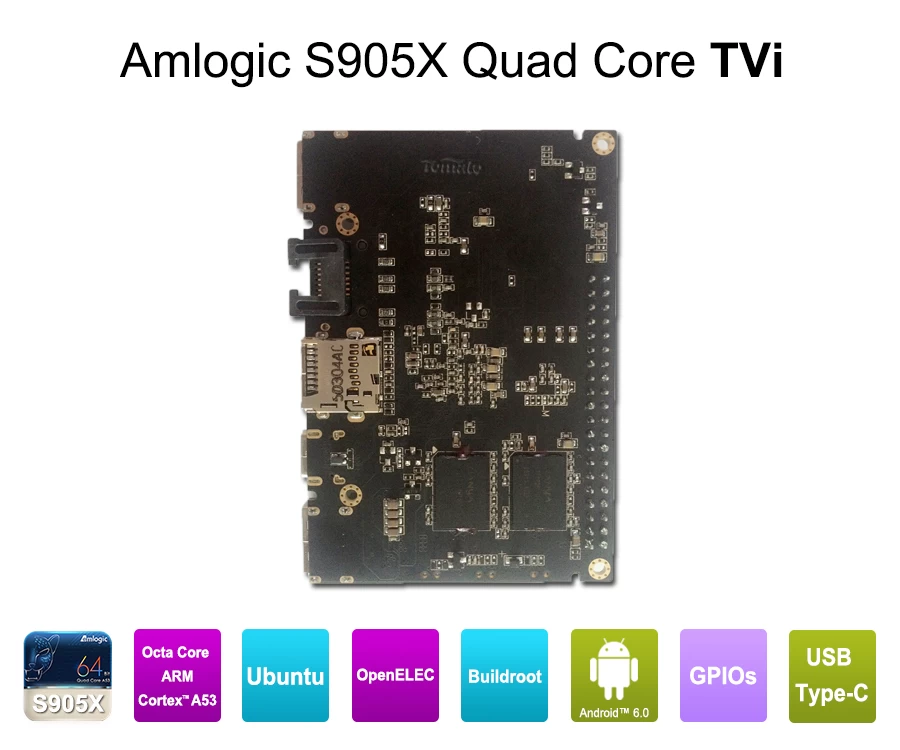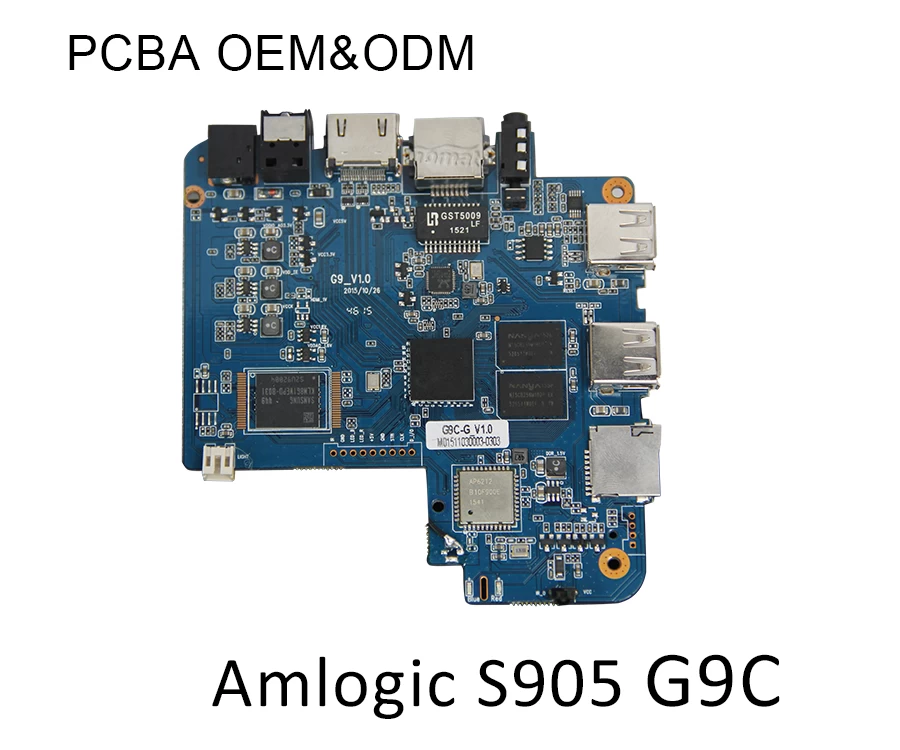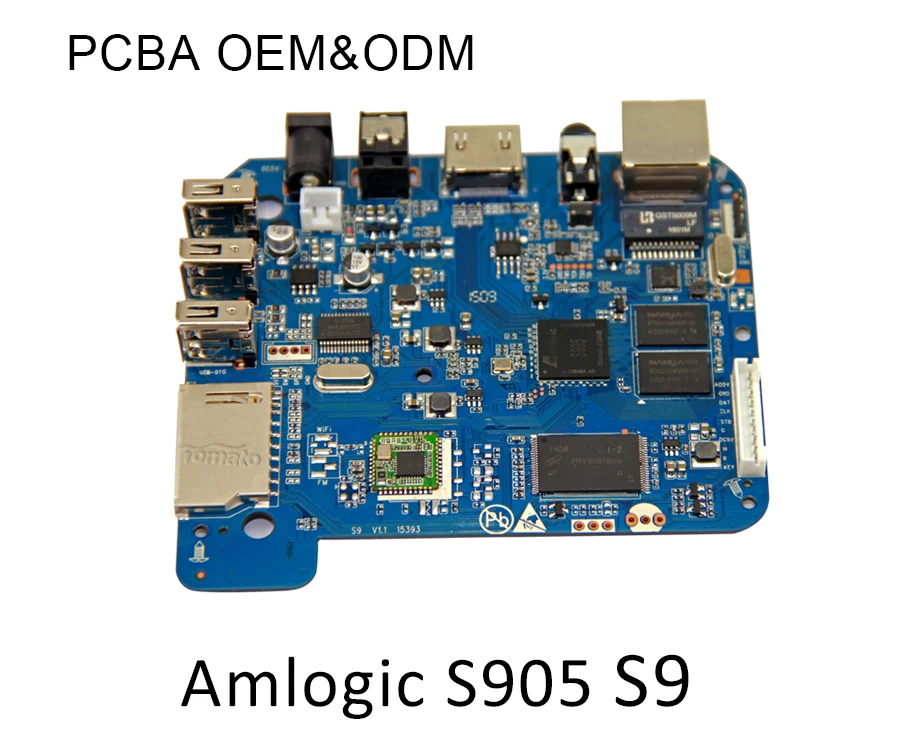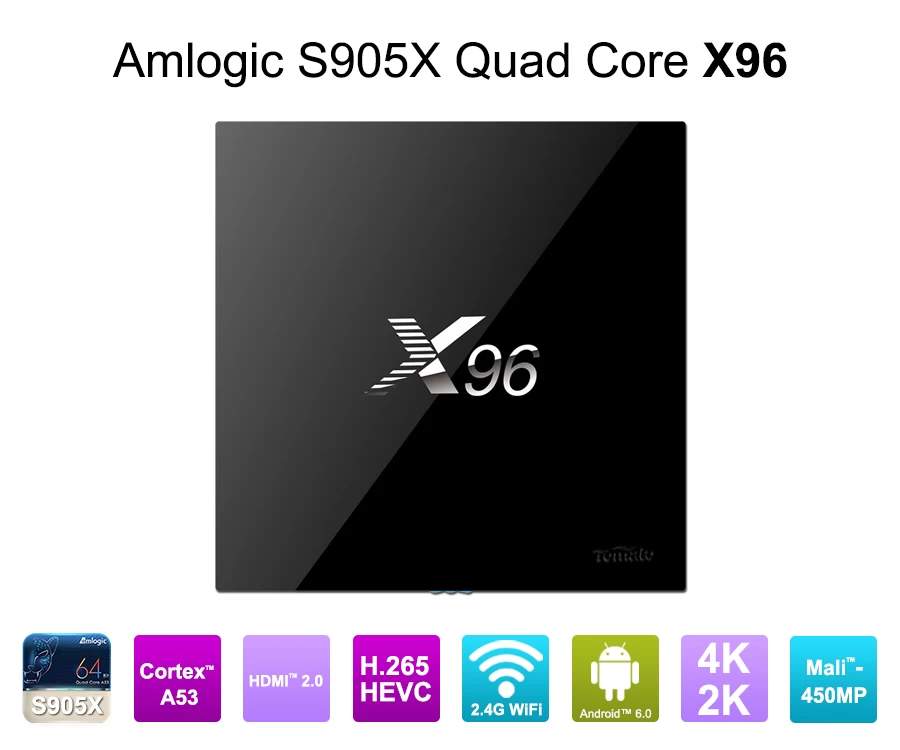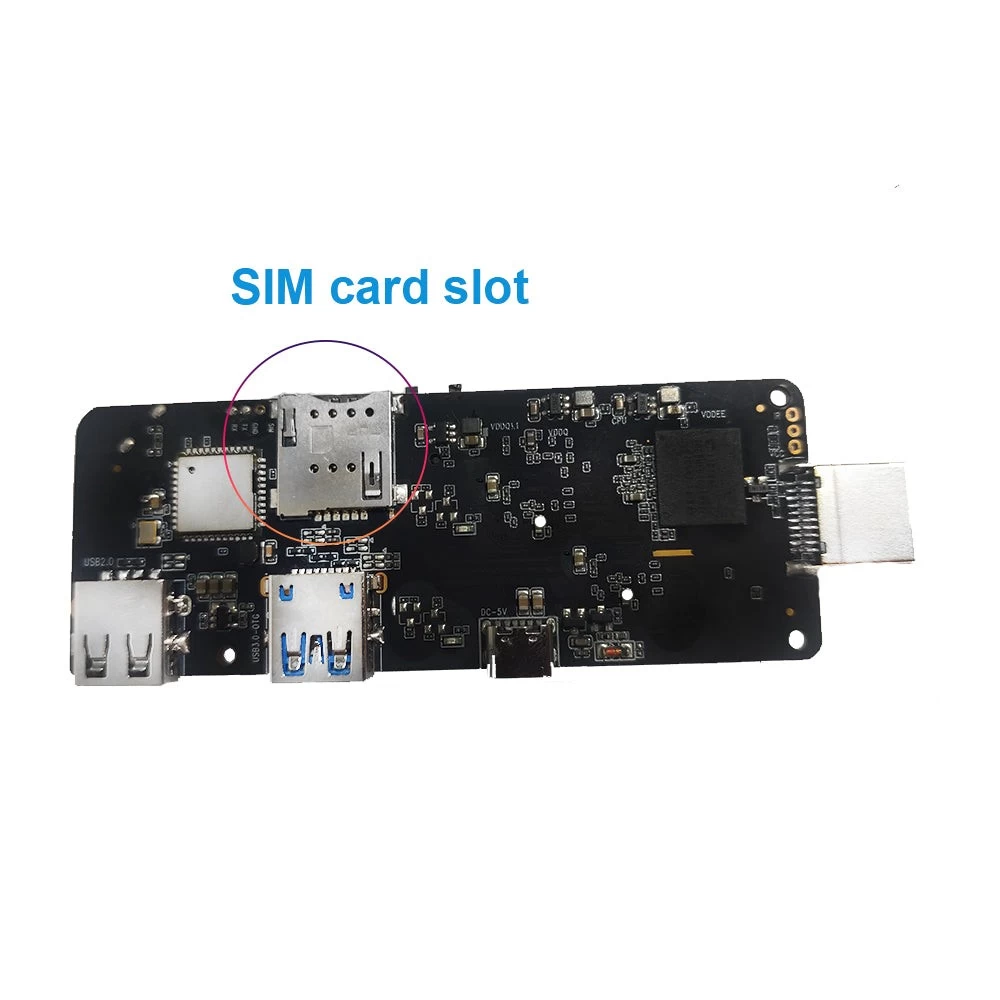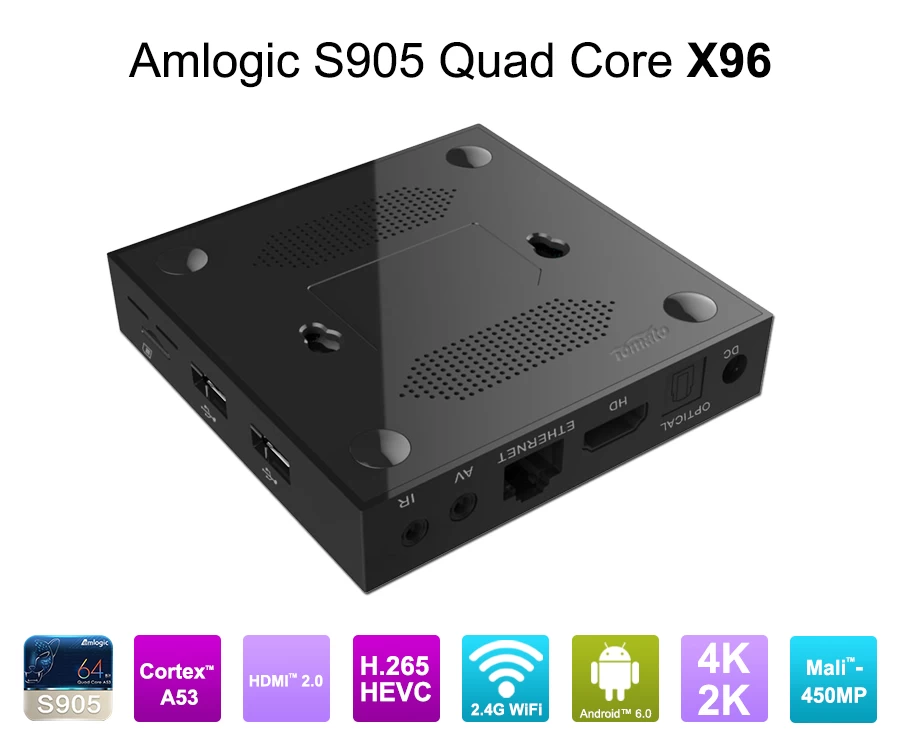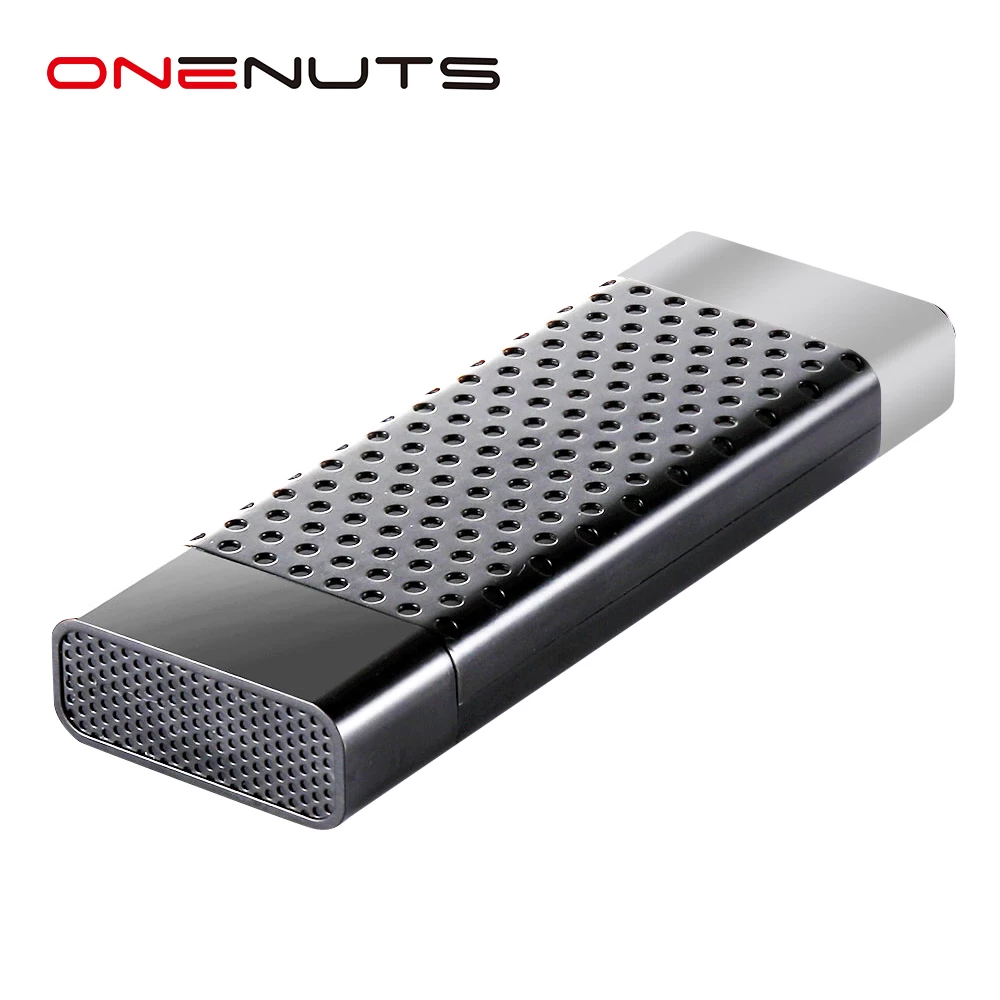Allwinner H618 vs H616
The latest debate in the chipset market—allwinner h618 vs h616—has sparked intense interest among industry professionals. we delve into the technical parameters, innovative functions, and detailed comparisons that set these processors apart. This article provides an in-depth analysis to help manufacturers, integrators, and tech enthusiasts make informed decisions.
Introduction
In today’s rapidly evolving digital landscape, the allwinner h618 vs h616 comparison is more than a technical evaluation—it is a guide for selecting the right processor for diverse multimedia applications. Both models are engineered to deliver superior performance, but with distinct technical features and functional advantages that cater to different market segments.
Technical Specifications
Processor Architecture and Core Design
The allwinner h618 vs h616 discussion begins with their core architecture.
-
Allwinner H618: Engineered with a multi-core design that emphasizes high-speed data processing and advanced graphics support, the H618 features enhanced GPU capabilities. This makes the H618 particularly suitable for high-resolution video decoding and complex graphical interfaces.
-
Allwinner H616: Optimized for cost efficiency, the H616 offers a streamlined architecture that reduces power consumption while maintaining robust processing performance. The allwinner h618 vs h616 comparison here highlights key differences in clock speeds, core configurations, and thermal management.
Memory and Storage Integration
Both processors support various memory configurations, yet there are clear differences in their integration capabilities.
-
H618: Supports higher memory bandwidth and larger cache sizes, ensuring faster access to data and improved overall performance.
-
H616: Balances performance with energy efficiency, offering sufficient memory management for most standard applications.
This technical overview of allwinner h618 vs h616 reveals that the H618 is better suited for demanding multimedia tasks, while the H616 excels in cost-sensitive and energy-efficient designs.
Functional Comparison
Multimedia and Graphics Capabilities
The allwinner h618 vs h616 debate is particularly significant in the realm of multimedia processing.
-
H618: With a powerful GPU and dedicated video processing units, the H618 is designed for advanced media applications including smart TVs and digital signage.
-
H616: While it provides competent graphics performance, the H616 is tailored to applications where power conservation and cost-effectiveness are priorities.
This function-based evaluation in the allwinner h618 vs h616 analysis underscores that the H618 is ideal for high-end multimedia deployments, whereas the H616 meets the demands of everyday digital devices.
Connectivity and Expansion Options
Connectivity is another differentiating factor in the allwinner h618 vs h616 comparison.
-
H618: Offers a wide range of connectivity options, supporting high-speed data interfaces and enhanced peripheral integration.
-
H616: Provides essential connectivity features suitable for mainstream applications, ensuring compatibility without excess overhead.
These specifications further the allwinner h618 vs h616 dialogue, providing clear guidance for applications requiring advanced network and peripheral support.
Market Applications and Future Prospects
Industry Impact
The implications of the allwinner h618 vs h616 evaluation extend across various market segments. The H618’s superior technical features position it as the chip of choice for high-performance multimedia systems, while the H616 is favored in environments where efficiency and cost-effectiveness drive product design. As technology trends shift, the allwinner h618 vs h616 comparison continues to inform future developments in digital media processors.
Strategic Considerations
For businesses looking to innovate, understanding the subtle distinctions in the allwinner h618 vs h616 parameters is crucial. Manufacturers can leverage the strengths of each processor to tailor solutions that meet specific market needs, ensuring competitive advantages in the global tech landscape.
Conclusion
In conclusion, the allwinner h618 vs h616 analysis clearly outlines a choice between advanced multimedia capabilities and efficient, cost-effective performance. With detailed technical parameters and functional comparisons, companies can confidently select the processor that best aligns with their application requirements. Visit www.sztomato.com for further insights and professional advice on integrating these cutting-edge solutions into your technology portfolio.

